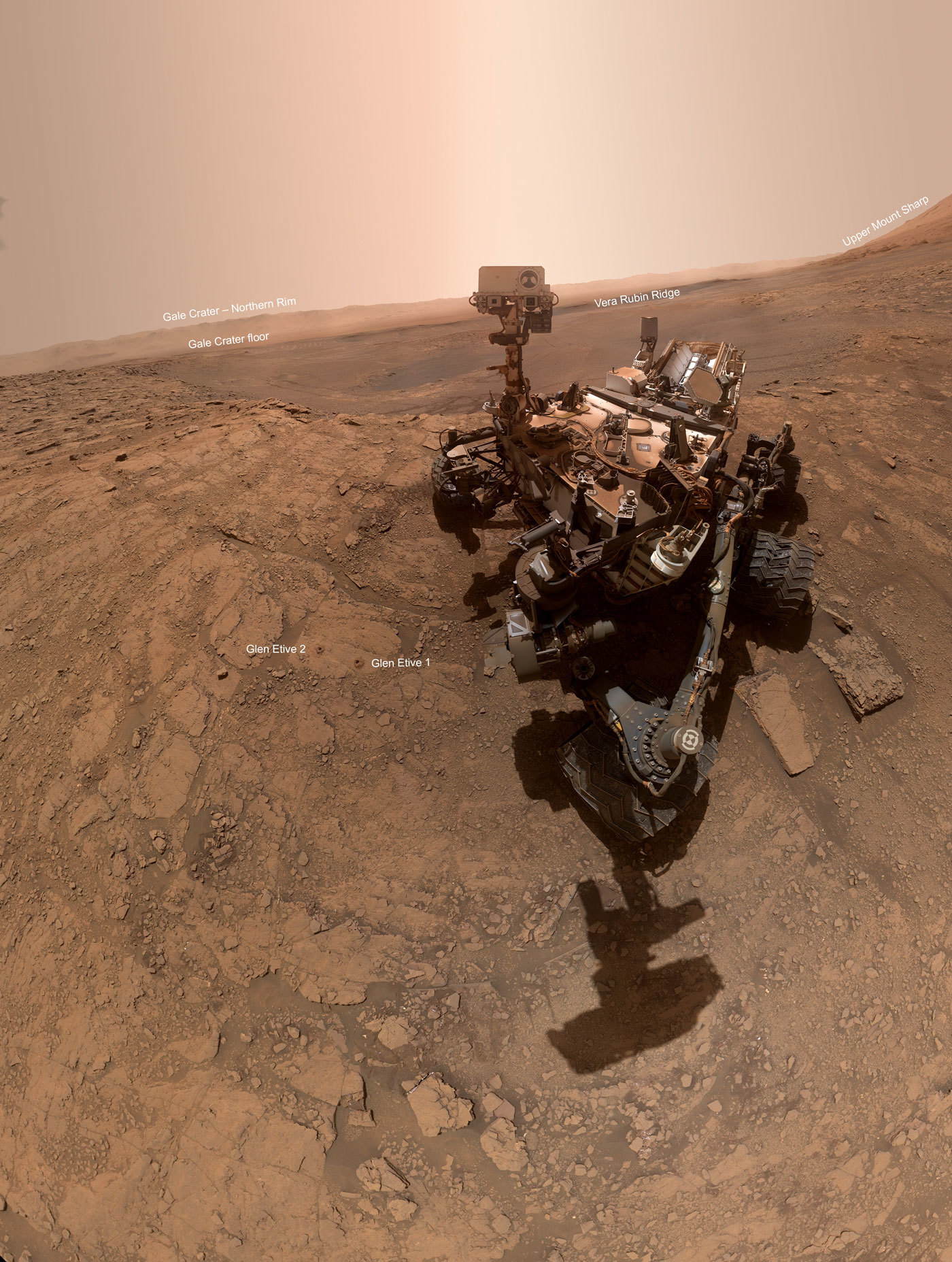
/cdn.vox-cdn.com/assets/3011699/curiosity.jpg)
Then Hurricane Ian forced NASA to move the rocket off the launch pad – an hours-long process – and back to the Vehicle Assembly Building. NASA has twice attempted to launch Artemis I – it's first uncrewed test mission to the moon – but had to scrub both due to hydrogen leaks and other issues. The rovers will eventually house astronauts, and allow them to live and work inside, while also exciting to collect samples. The mission will test a rover's "design, cabin configuration, driving modes, timeline constraints, and mission operations to support potential design concepts for future pressurized rovers," NASA said.

11-22, 2022, at Black Point Lava Flow, also near S P Crater. To check out some of the photos Curiosity has taken on Mars, visit the Curiosity rover’s website.The second mission – D-RATS, Desert Research and Technology Studies – will consist of three missions between Oct. At this site, it used instruments to scoop up and study sand samples. One of Curiosity’s cameras-at the end of its 7 foot long robotic arm-even acts like a sort of “selfie stick.” It can hold the camera two meters away and take a selfie to send back to Earth!Ī self-portrait of Curiosity on a Martian sand dune. Cameras also act as Curiosity’s eyes, helping it to spot and stay away from danger. It uses some of its cameras to take photos of its journey. NASA will use Curiosity’s radiation data to design missions to be safer for human explorers.Ĭuriosity brought 17 cameras with it to the Red Planet-more than any other rover. Curiosity found that Mars has high, dangerous levels of radiation. It travels in high-energy waves that can be harmful to living things. Radiation is a type of energy that can come from the sun. Scientists sent Curiosity to Mars to measure lots of other things, too-including radiation. This information helped scientists learn that the Gale crater had ingredients that ancient life would have needed to survive.Ī hole on Martian rock drilled by Curiosity. One of its other instruments studied the powder drilled from the rock. Curiosity used its drill to make a hole in a rock that once was mud at the bottom of a lake.

The rover uses many scientific instruments to study the rocks in Gale Crater. National Geographic Society, MOLA Science Team, MSS, JPL, NASAĪn up close image of Gale Crater, from above. The landing sites of all four Mars rovers on a map of Mars. These minerals could tell scientists about the history of water on Mars. Each layer is made of different minerals from different time periods. This crater is special because it has a tall mountain in the middle. However, even on a long driving day, it still only travels about 660 feet.Īt 20 inches in diameter, Curiosity’s wheels are much bigger than the wheels of previous rovers.Ĭuriosity landed in Gale Crater. This helps it to roll over rocks and sand without getting stuck.

It is about the size of a small SUV.īecause Curiosity is so big, it also has bigger wheels than the previous rovers. NASAs Mars 2020 Perseverance rover has a challenging road ahead: After having to make it through the harrowing entry, descent, and landing phase of the mission on Feb. Curiosity is the largest robot to ever land on another planet. To find out, NASA sent the Curiosity rover to Mars. But did it also have other conditions life needs? We know that Mars had water a long time ago. On Earth, where there is water, there are living things. Perseverance is the most sophisticated rover NASA has ever sent to. Curiosity is a rover that was sent to Mars to determine if the Red Planet ever had the proper conditions for microbial life to survive. One of them is Jezero Crater, where NASA’s Perseverance Rover has been since February 2021 after its 314 million miles journey.


 0 kommentar(er)
0 kommentar(er)
